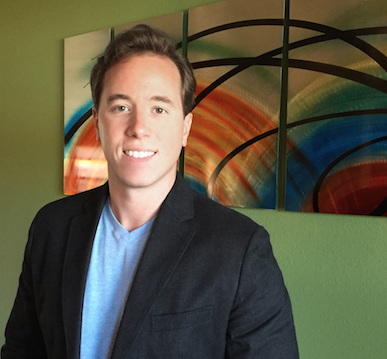Last Wednesday the FAA announced an initiative to allow three additional commercial drone applications; applications that will bring big value to the Oil and Gas and Petrochemical industries. Today, drone operators must have a Section 333 Exemption from the FAA to conduct commercial operations in the United States (see article in March/April Issue of Inspectioneering Journal for more information). Even with an exemption however, there are still many operational and personnel limitations. One limitation is that the unmanned aerial system (UAS), or drone, must stay within the visual line-of-sight (VLOS) of the operator and observer. Another is that the drone must not be operated over densely populated, urban areas. Given these regulatory restrictions, pipeline and power line monitoring have basically been limited to short runs in sparsely populated areas.

The latest initiative announced by the FAA is a research and development project to expand the use of drones in urban areas and beyond visual line-of-sight applications. While it is unknown how long this project will last, we will likely not see a change until the eventual release of the FAA Commercial UAS Regulations which some are speculating to be at least a year away.
Why is this big news for the O&G and Petrochemical industries?
Drones have proven to be a cost effective and efficient way to inspect or monitor thousands of miles of pipelines. Some small, relatively inexpensive drones can fly for 15+ hours with high resolution and infrared cameras, as well as gas and leak detection monitors. While drones still require a pilot, operations are less costly and by eliminating the need to return to the airport for fuel, they can stay aloft longer allowing for more ground coverage. As a matter of fact, operations do not need to originate from an airport at all. Another benefit is that data from drones can be viewed in real time by inspectors and other personnel, and can be archived for future analysis. High-resolution maps can even be built simultaneously.
I am encouraged to see the FAA take on this task. Earlier this year the FAA approved a handful of companies for drone operations in the O&G and Petrochemical industries, many within manufacturing facilities and on offshore platforms. Drones are being used around the country for inspecting and monitoring different types of elevated equipment and have proven to be an extremely valuable tool for owner-users, not just for reduced costs, but for improved safety and time savings. This new FAA initiative opens the door for O&G and Petrochemical companies to proliferate these benefits throughout their business units even further.
















Comments and Discussion
There are no comments yet.
Add a Comment
Please log in or register to participate in comments and discussions.